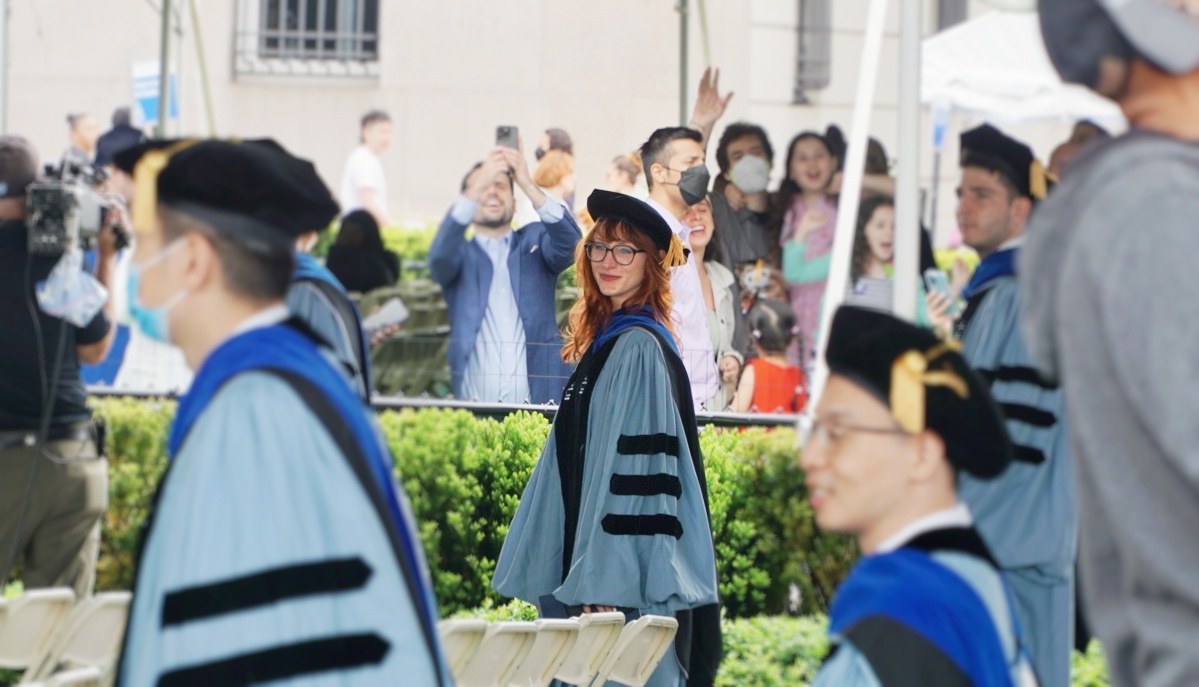A Q&A with Marissa of Turnover Labs
As we move to decarbonize entire industries like chemical production, green chemistry is an incredible lever for making systems-level improvements in carbon emissions reduction. Today, much of the world relies on electrolyzers for the production of low-carbon hydrogen, methanol, ethylene, alcohol and syn-gas. Unfortunately, these systems are notoriously precious, expensive and degrade very rapidly over time.
Marissa Beatty, Activate fellow and CEO of Turnover Labs, was always drawn to figuring out how to optimize and improve these existing systems, especially given how much infrastructure always exists, how much life they have to give (30+ years), and how immediately they could deliver real carbon savings.
Turnover Labs is focused on stabilizing catalysts, a basic building block of electrolysis devices. This stabilization removes the need for the capital intensive support infrastructure and expensive additional materials that electrolysis systems are built with, making their process less expensive to install, maintain, and with a smaller footprint.
Because they can remove redundant pieces of equipment required for the electrolysis process, they enjoy more flexibility to install decentralized, smaller operations, which has been a problem that CO2 and hydrogen electrolysis has been facing across the board. Today, they’re focused on syngas because those catalysts are the most robust, and the product can be used as is, or easily upgraded into other products.
I sat down with Marissa, fresh off her feature in Forbes, to chat about all things green chemicals, as well as discuss her path as a CEO and founder.
From the very beginning, you’ve been working on making chemicals green. What has been the biggest learning or challenge you’ve had to overcome when figuring out your beachhead market and product?
One of the largest challenges was narrowing the scope amidst the thousands of processes in the chemicals industry that our technology could have targeted. It seemed like a daunting task to make the “best decision” amidst all of the information and possibilities. I started off in a classic academic fashion by reading about industry practices and looking at flow diagrams to see if I could understand each process inside and out, but realized quickly that that approach was not tenable long term.
Instead, I selected five major processes, and started talking to industry professionals to learn directly from the source. I revisited the analysis of my technology, and carefully weighed the pros/cons of our process for price, convenience, form factor, etc. based on these conversations to see how our technology could support the chemicals industry. It’s during that analysis where I was able to eliminate a lot of white noise and found the opportunity that we’re pursuing now - to provide basic chemical precursors using our process, and helping customers marginally scale up their operations to meet growing demand for sustainable materials.
Why do we need better electrochemical reactors for CO2 utilization?
A large problem right now is that we need to meet a rising global demand for materials, and many of those materials are currently sourced from petroleum. Even if we were to electrify overnight, there are still so many GHG emissions tied to refining oil and gas to make everyday chemicals. The carbon in those molecules has to come from somewhere, and utilizing CO2 seems like an easy and elegant answer. Unfortunately, processes to capture CO2 and convert it into useful products are very energy intensive, and would need to be powered with renewable energy in order to be a carbon neutral neutral process. Current carbon capture and utilization systems are also incredibly expensive to build, operate, and maintain; further confining the number of processes that can be replaced with sustainable technologies.
If we want to accomplish this massive shift in the chemicals industry to move to sustainable practices, then we need technologies that are industrially accessible. That means cheap, efficient, and durable, which is what we’re trying to build at Turnover. Sustainability aside, there’s a lot of benefit to chemical producers if they can source their carbon from more stable supply chains, so we’re trying to build technology that provides an easy incentive for them to switch.
Where have you grown the most as a founder and company leader? Who do you look to for advice and what has been the most helpful?
I’ve grown in a lot of different ways so it’s hard to pick just one! Probably one of the biggest challenges that I’m still working on is communicating complex ideas to many different audiences. My speaking and writing style can be very dense, which forces whoever was listening to a lot of extra work. That style was fine for academia where everyone was a niche expert, but now I’m speaking with industry pros, investors, and all sorts of other non-technical individuals. I’ve learned to be more comfortable speaking in broad pictures, and providing extra info as it’s needed, rather than fire-hosing whoever wandered into my orbit. It’s difficult though sometimes, because I love talking about our technology! But growing to speak about the big picture has been worth it because it’s a lot easier to find common ground now.
